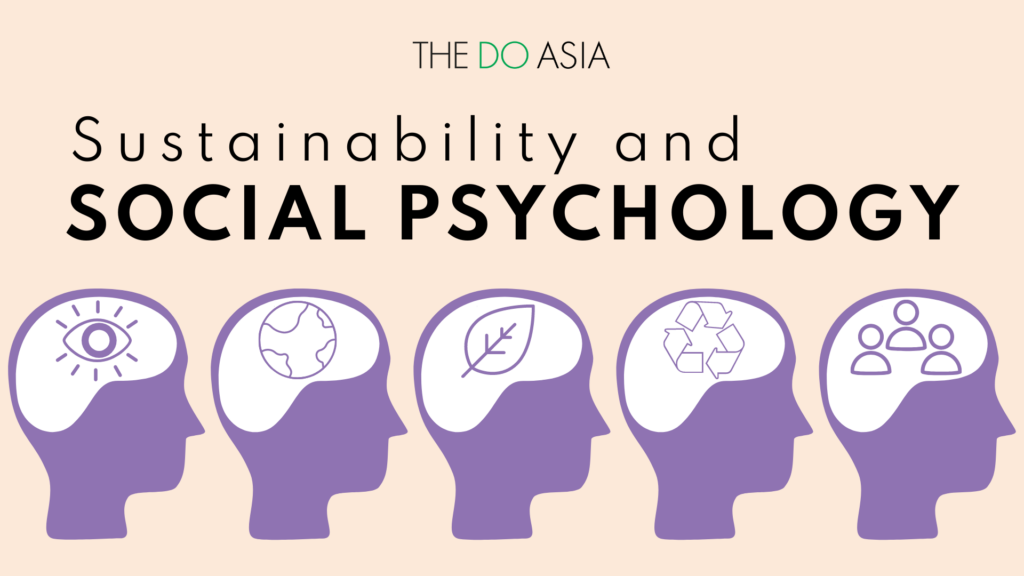“Think twice before you print this email. Save trees.”
You might have heard of these catchy slogans before, but have you ever followed through? From a social psychology angle, these slogans might not be so useful in changing behaviors. In this two-part series, we will explore five proven ways to encourage more environmentally-conscious actions.
Today, let’s dive into social norms.
Conveying and changing social norms
Humans are social creatures, and we like to follow what others do.
Evidence showed that if we make people believe that everyone is sustainable, it is more likely that everyone will behave more sustainably. The theory behind this is that if people think everyone (or no one) is doing something, they will follow. Because, as said, we like to follow others!
In an experiment, people littered less in a clean environment compared to a dirty one. This was probably because people perceived that no one would litter in a clean environment, so people followed that norm. More interestingly, it was found that people even littered less in an environment with only one piece of litter on the ground. People might have perceived that no one littered except one reckless person. Perhaps no one wanted to be associated with being reckless, so they didn’t litter!
If we show approval for sustainable actions and disapproval otherwise, sustainable practices could be reinforced and unsustainable ones could be discouraged. If people believe their actions are approved, they would want to do more of them, and vice versa.
In an experiment, some Californians received their electric bills with the average household energy usage and either a happy or a sad face. A happy face meant their energy usage was less than the average household. A sad face meant their energy usage was above average. A happy or sad face communicated whether their energy usage was being approved or disapproved. Those receiving a happy face continued to save energy because the happy face signaled they are doing good things. Those receiving a sad face actually reduced their energy consumption, because the sad face told them their behavior was less than great. Printing faces on bills is very inexpensive, yet so effective!
Aside from making people believe what others do or showing approval (or disapproval) for certain behaviors, we can also directly tell people what most others do. If you want to promote Meatless Monday, saying:
“Join your coworkers in helping to save our planet—80% of them are doing Meatless Mondays.”
would be more effective than:
“Try Meatless Mondays to save our planet.”
Telling people what the majority is doing might motivate people to follow the norm and be sustainable with the mainstream.


